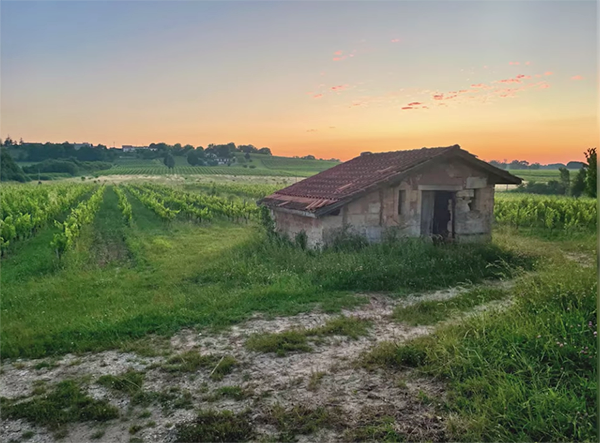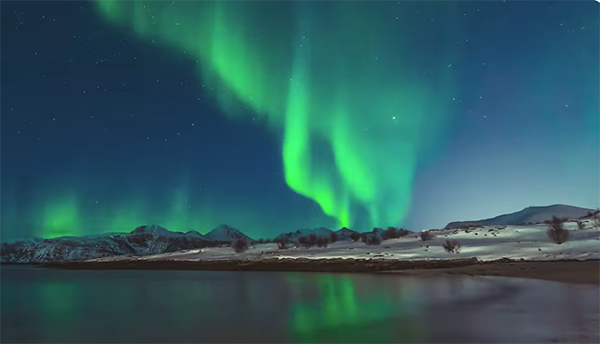What to do with roses after heavy rain, according to gardening experts
It’s raining, it’s pouring, and your roses are likely suffering as a result. Here’s how to lend them a helping hand…
When first starting out in photography everyone is bombarded with conventional wisdom about tools and techniques, along with a bunch of long-time “rules” for quickly evolving their shooting and editing skills. Some of this advice can be quite helpful (at least in the beginning) but other “essential” tips may hold you back—or even spoil your work.
Such was the case with today’s instructor Lachlan Garutti, an Austria-born travel and adventure photographer who says that several accepted rules are actually myths that almost derailed his professional career. As he says, “these misconceptions cost me time, money, and a lot of frustration.” His goal for this quick episode is to help you avoid these myths that can save you from repeating the mistakes he encountered.
The first notion Garutti debunks is that “good photographers have the best cameras,” and it’s easy to fall in that trap become most of us are gear nerds at heart. According to Garutti (and many like-minded pros), what you should strive for is a good camera and even better lenses. So keep this in mind the next time you decide to open up your wallet to invest in an expensive new piece of gear, because premium glass is really where it’s at.

And don’t accept the common refrain that “you must compose images using the Rule of Thirds.” In our view this is a very tired notion and there are more sophisticated framing techniques that accomplished photographers employ to break the mold and capture photos with a bit more impact and imagination.
Myth number three provides another antidote to Gear Acquisition Syndrome (GAS) by refuting the claim that “you need all the accessories to take good photos.” Try telling that to an experienced landscape photographer who spends a day in the field and is already burdened with a heavy tripod and a pack full of lenses, a camera or two, and a very few essentials.
Garutti has a few more so-called rules you should ignore, including one that we’ve discussed numerous times in the past; namely, the silly claim that “you must shoot in manual mode.” The bottom line is this: Don’t believe everything you hear (or think)—at least not until you spend five minutes watching this episode

There’s much more to learn on Garutti’s YouTube channel, so be sure to take a close look.
And don’t miss an earlier tutorial we featured from another accomplished pro whose intent is to help you decide the best camera sensor size for your style of photography. Hint: bigger and more expensive isn’t always better!
